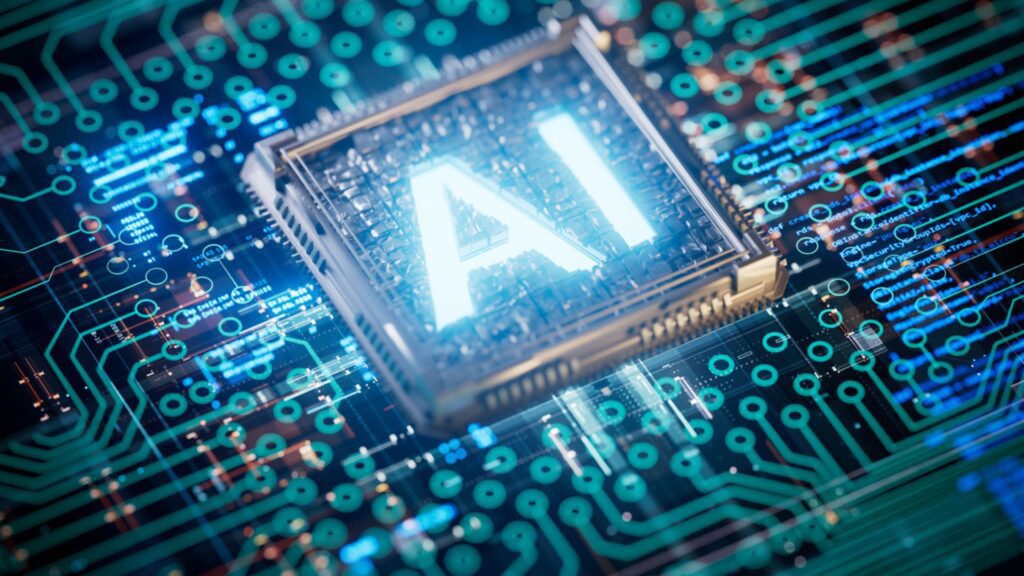Engineers design safer cars, more resilient spacecraft, and stronger bridges using complex mathematical problems that drive the underlying processes. Similarly, doctors use mathematical models to predict heart problems with greater accuracy.
These problems, called partial differential equations, form the backbone of engineering and science. But their resolution can take days or even weeks, especially for complex shapes.
Now, researchers at Johns Hopkins University have created a new AI model called DIMON. It can solve these complex equations thousands of times faster, right on your home computer.
“Although the motivation to develop it came from our own work, it is a solution that we generally believe will have a massive impact on various fields of engineering because it is very generic and scalable,” he said. said Natalia Trayanova, professor of biomedical engineering and medicine at the University of Toronto. Johns Hopkins University.
Tested on cardiac digital twins
Partial differential equations are common math problems. These equations help convert real-world scenarios into mathematical models to predict future changes in objects or environments.
However, solving these big math problems is usually the job of supercomputers. Things are becoming easier with the arrival of artificial intelligence.
This new AI framework DIMON stands for Diffeomorphic Mapping Operator Learning.
The team tested DIMON on more than 1,000 digital computer models of real patient hearts.
Interestingly, the model accurately predicted electrical signal pathways in various cardiac structures.
In this demonstration, researchers used partial differential equations to study cardiac arrhythmia. This occurs when the human heart beats irregularly due to disrupted electrical signals.
Using cardiac digital twin models, researchers can predict the risk of this potentially fatal disease and suggest appropriate treatments.
“We’re bringing new technology into the clinic, but many of our solutions are so slow that it takes us about a week from the time we analyze a patient’s heart to solving the partial differential equations to predict whether the patient has a high risk of sudden accident. cardiac death and what is the best treatment plan,” explained Trayanova, who leads the Johns Hopkins Alliance for Cardiovascular Diagnostic and Treatment Innovation.
New AI dramatically speeds up heart disease predictions, reducing calculation time from hours to 30 seconds. This can be done using a simple computer, making it more practical for daily clinical use.
This demonstrates the potential of AI for various engineering applications, including medical diagnosis.
Application in various fields
DIMON uses AI to predict the behavior of physical systems in different forms. It learns models to predict factors like heat, stress, and motion, speeding up tasks like design optimization and shape-specific modeling.
“For each problem, DIMON first solves the partial differential equations on a single form, then maps the solution onto several new forms. This shape-shifting ability highlights its tremendous versatility,” said Minglang Yin, a postdoctoral researcher in biomedical engineering at Johns Hopkins who developed the platform.
DIMON could help in various fields such as aerospace, automotive and civil engineering. By speeding up simulations, engineers can design safer and more efficient products.
“It can work on basically any problem, in any field of science or engineering, to solve partial differential equations on multiple geometries, such as in crash testing, orthopedic research or d “other complex problems where shapes, forces and materials change,” Trayanova noted. in the press release.
The results were published in the journal Computational science of nature.


